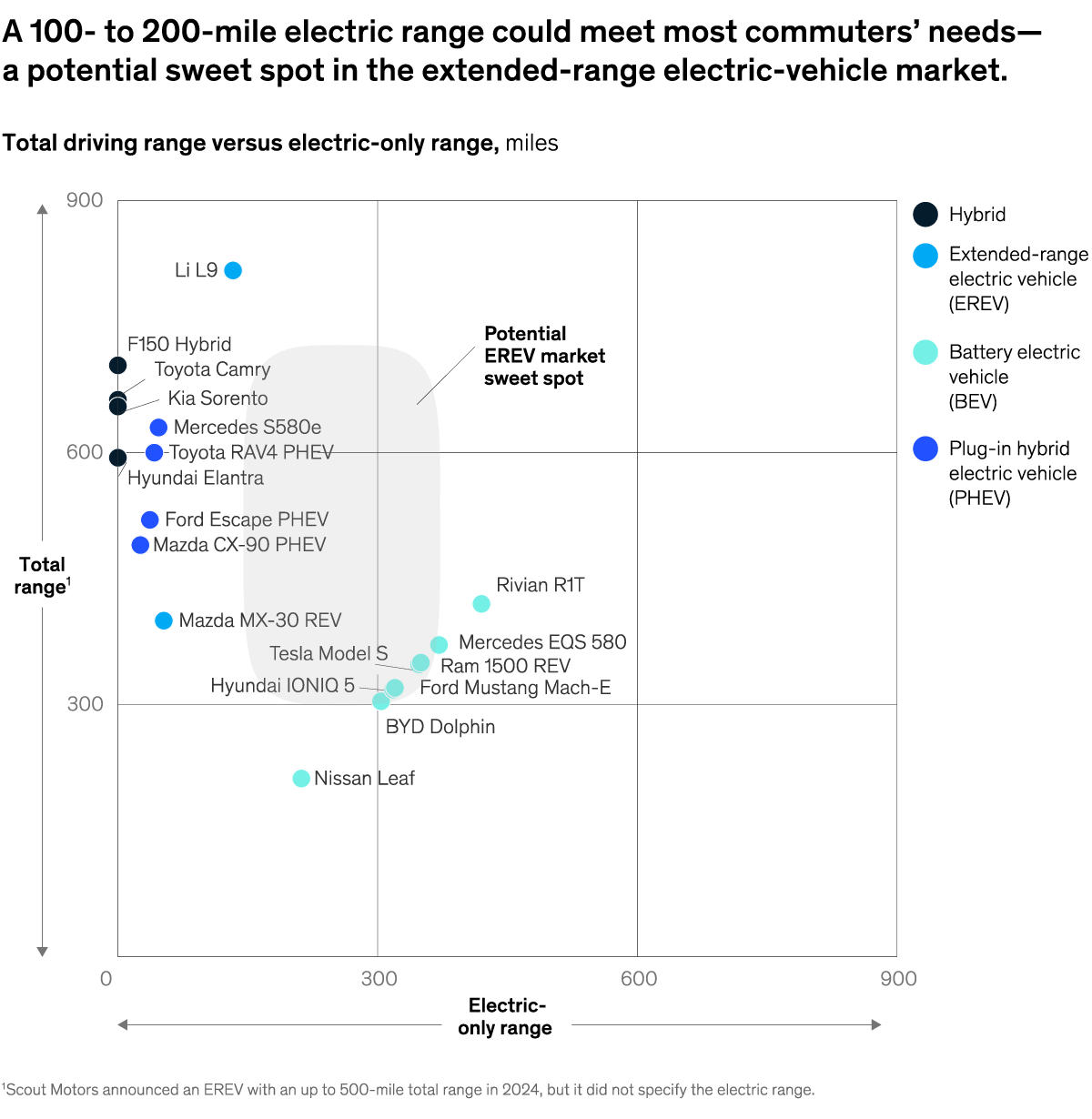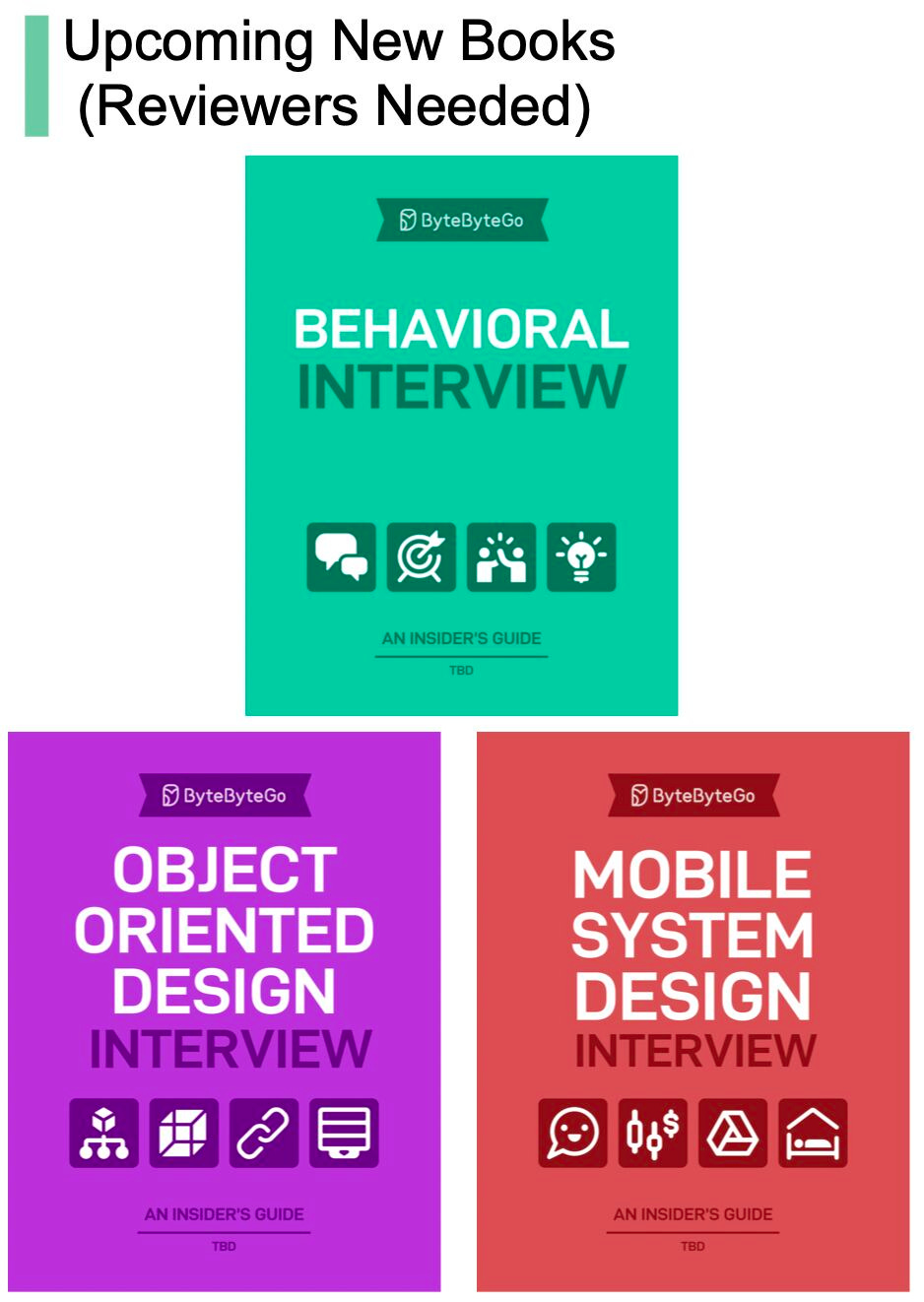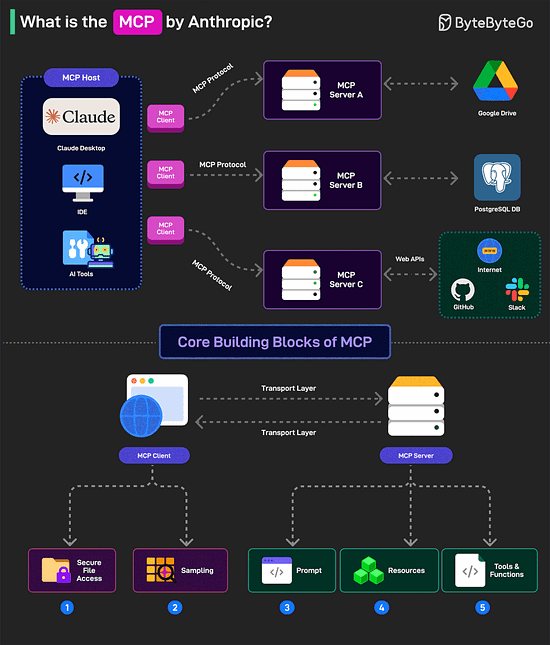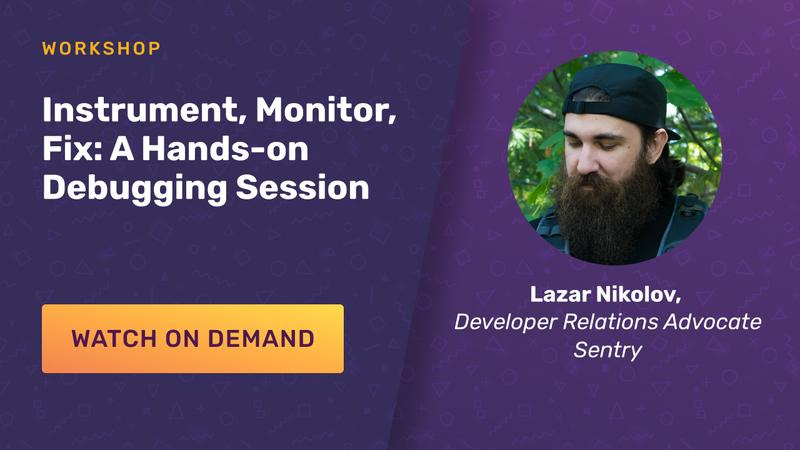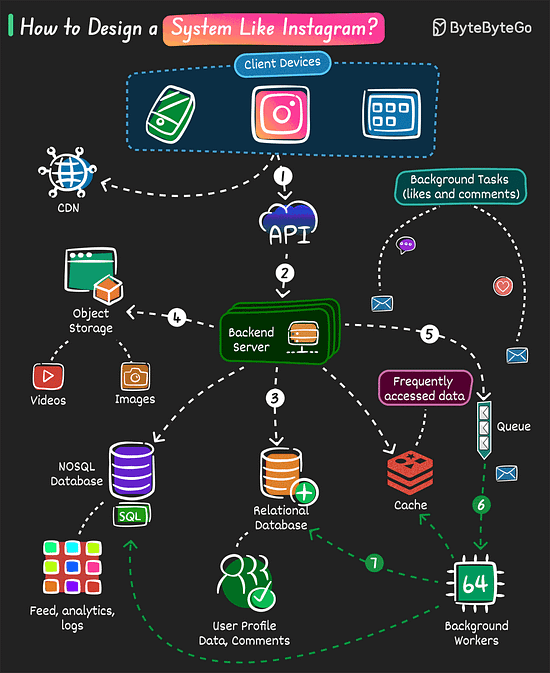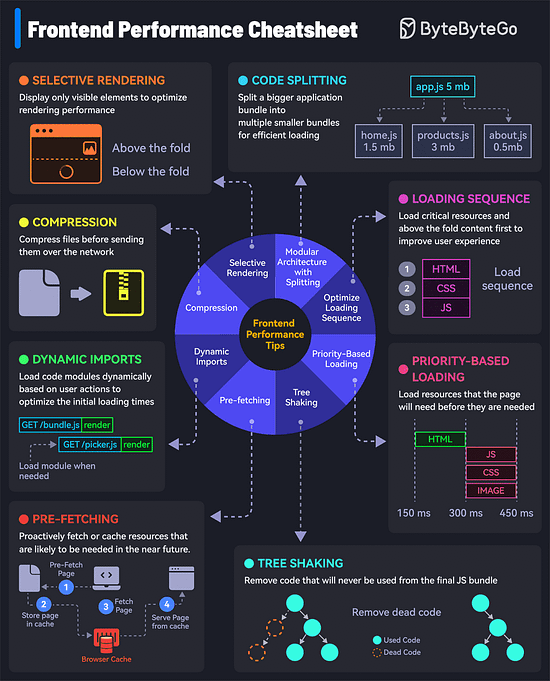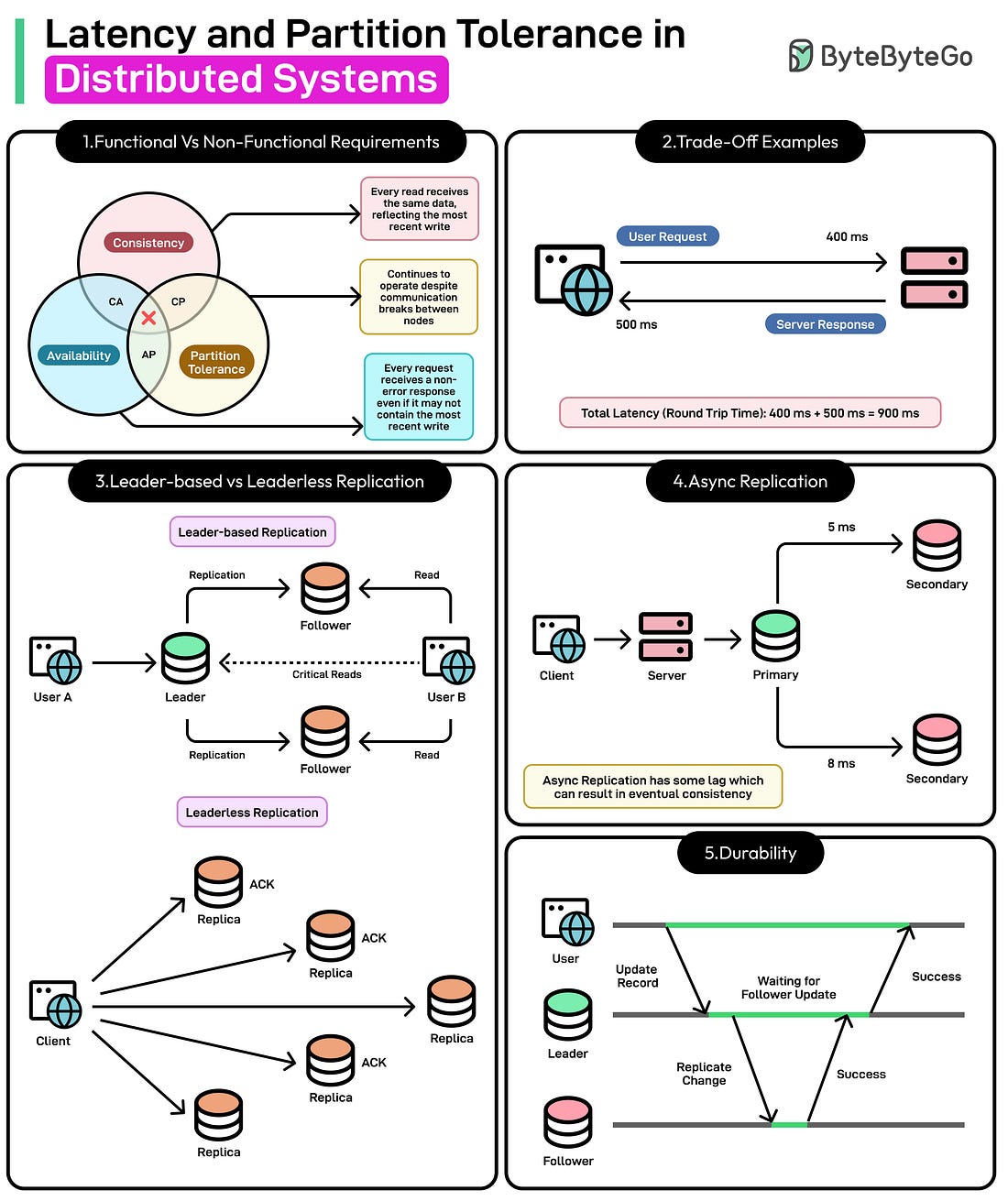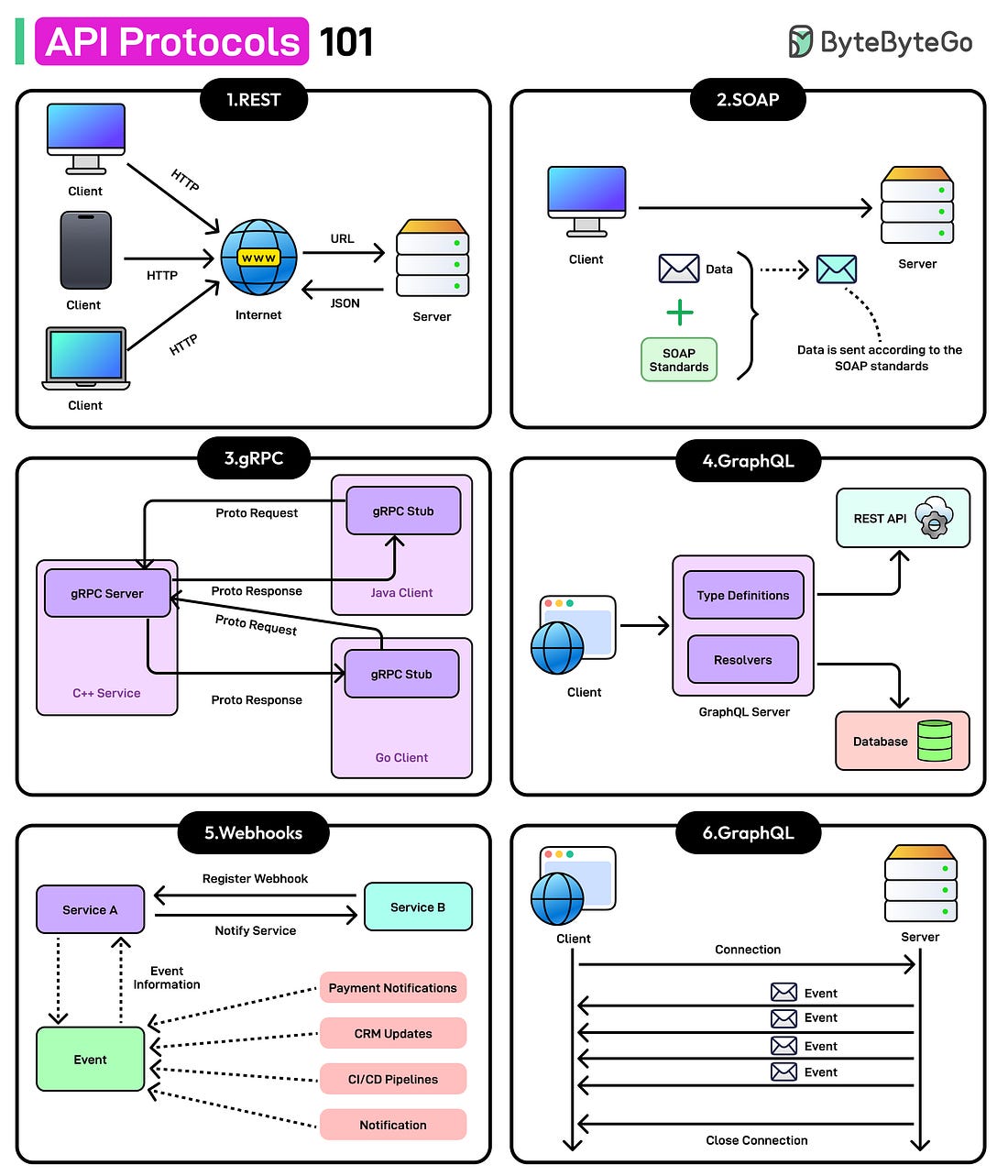Archives
- By thread 5224
-
By date
- June 2021 10
- July 2021 6
- August 2021 20
- September 2021 21
- October 2021 48
- November 2021 40
- December 2021 23
- January 2022 46
- February 2022 80
- March 2022 109
- April 2022 100
- May 2022 97
- June 2022 105
- July 2022 82
- August 2022 95
- September 2022 103
- October 2022 117
- November 2022 115
- December 2022 102
- January 2023 88
- February 2023 90
- March 2023 116
- April 2023 97
- May 2023 159
- June 2023 145
- July 2023 120
- August 2023 90
- September 2023 102
- October 2023 106
- November 2023 100
- December 2023 74
- January 2024 75
- February 2024 75
- March 2024 78
- April 2024 74
- May 2024 108
- June 2024 98
- July 2024 116
- August 2024 134
- September 2024 130
- October 2024 141
- November 2024 171
- December 2024 115
- January 2025 216
- February 2025 140
- March 2025 220
- April 2025 233
- May 2025 239
- June 2025 303
- July 2025 36
-
Full Directory of LOS ANGELES CAMP FAIR 2025 Attendees
--Hi,
Hope you are doing well!
We are following up to confirm if you are interested in acquiring the Visitors/Attendees List.
Event Details:
Event Name: LOS ANGELES CAMP FAIR 2025Date:23 Mar 2025
Location: CAL STATE UNIVERSITY, NORTHRIDGE, US
Attendees/Visitors Count:3,754
Each line of the list contains:
Contact Name, Email Address, Company Name, URL/Website, Phone Number, and Title/Designation.In today's digital era, the most effective way to propel your business forward is through digital strategies. This list empowers you to effortlessly disseminate information about your organization and products directly and digitally to potential buyers, laying the groundwork for numerous valuable client connections.
We are offering the list at a discounted cost. Please let us know if you're interested, and we will share more details with you.
Looking forward to hearing from you!Best Regards,
Juliana Almeida
by "Juliana Almeida" <juliana.almeida.brandcrafted@gmail.com> - 08:34 - 17 Mar 2025 -
What’s the CEO’s role in M&A? A leader’s guide
Leading Off
Define your priorities
by "McKinsey Leading Off" <publishing@email.mckinsey.com> - 02:10 - 17 Mar 2025 -
Sporting goods: Explore the latest trends
On McKinsey Perspectives
Key themes for 2025 Brought to you by Alex Panas, global leader of industries, & Axel Karlsson, global leader of functional practices and growth platforms
Welcome to the latest edition of Only McKinsey Perspectives. We hope you find our insights useful. Let us know what you think at Alex_Panas@McKinsey.com and Axel_Karlsson@McKinsey.com.
—Alex and Axel
•
Slowing growth. 2024 was a tough year for the sporting goods industry, with companies tested by softer growth opportunities, ongoing inflation, and careful consumer spending. Yet despite these obstacles, the industry maintained an annual growth rate of 7% from 2021 to 2024, according to McKinsey Senior Partners Becca Coggins and Gemma D’Auria and their coauthors. From 2024 to 2029, the rate of growth is expected to settle at a more modest 6% per year, prompted by slowdowns in Asia–Pacific, Latin America, and Western Europe.
—Edited by Belinda Yu, editor, Atlanta
This email contains information about McKinsey's research, insights, services, or events. By opening our emails or clicking on links, you agree to our use of cookies and web tracking technology. For more information on how we use and protect your information, please review our privacy policy.
You received this email because you subscribed to the Only McKinsey Perspectives newsletter, formerly known as Only McKinsey.
Copyright © 2025 | McKinsey & Company, 3 World Trade Center, 175 Greenwich Street, New York, NY 10007
by "Only McKinsey Perspectives" <publishing@email.mckinsey.com> - 01:43 - 17 Mar 2025 -
High - quality Rock Drilling & Pneumatic Tools for Your Operations
Dear Sir/Madam,
I'm Eve Mia from Hunan Zhuzhou Changhong Mining Mechanical Co,Ltd, a Chinese enterprise specializing in manufacturing and R & D of rock drilling and pneumatic tools.Our products, including rock drills and pneumatic hammers, are designed with advanced technology. The rock drills feature high - speed drilling capabilities and excellent durability, suitable for various mining and construction projects, whether it's large - scale open - pit mining or complex underground tunneling. Our pneumatic tools are known for their high - power output and energy - saving design, reducing operational costs significantly.
We've served numerous international clients and received positive feedback. I've attached our product catalog for your reference. If you're interested, feel free to contact me.
Best regards,
Eve Mia
Hunan Zhuzhou Changhong Mining Mechanical Co,Ltd
WhatsApp: +86 19083016684
by "sd5" <sd5@chdrill.com> - 08:51 - 16 Mar 2025 -
Enhance Reliability & Efficiency with Zhuhai Qidian Electric Technology's Distribution Automation So
Greetings info,
I trust this email finds you in high spirits. I am Carin Fung, reaching out on behalf of Zhuhai Qidian Electric Technology, where we specialize in crafting robust distribution automation solutions that redefine reliability and efficiency. Our deep-rooted experience in R&D, spanning years, has allowed us to perfect technologies that empower the modern power grid.
Our portfolio spans Distribution Automation Terminals, Smart Switching Devices, Comprehensive Master Station Systems, robust Communication Solutions, Fault Location & Isolation Technologies, Load Management Systems, Power Quality Monitors, Autonomous Inspection Robots, and Remote Metering Solutions. Each product is a testament to our dedication to enhancing grid performance and reducing downtime.
What's more, we pride ourselves on offering customized solutions tailored to your unique challenges. Our expert R&D team stands ready to collaborate, ensuring our offerings fit seamlessly into your existing systems and align perfectly with your operational goals.
I would be delighted to discuss how our solutions can help optimize your distribution network. Attached picture is a brief series of our products.
Eager to hear from you and explore potential synergies.
Best wishes,
Carin Fung
Business Department Manager
Mob/ Whatsapp: +86 15015707214
Skype: carin.fung
Wechat: carinfung
Email address: carinfung@126.com
Zhuhai Qidian Electric Technology Co., Ltd.
Add: Room 302, Building 5, No.16 jinxing Road, Tangjiawan Town, Xiangzhou District, Zhuhai City, Guangdong Province, China
Alibaba: https://genelectric.en.alibaba.com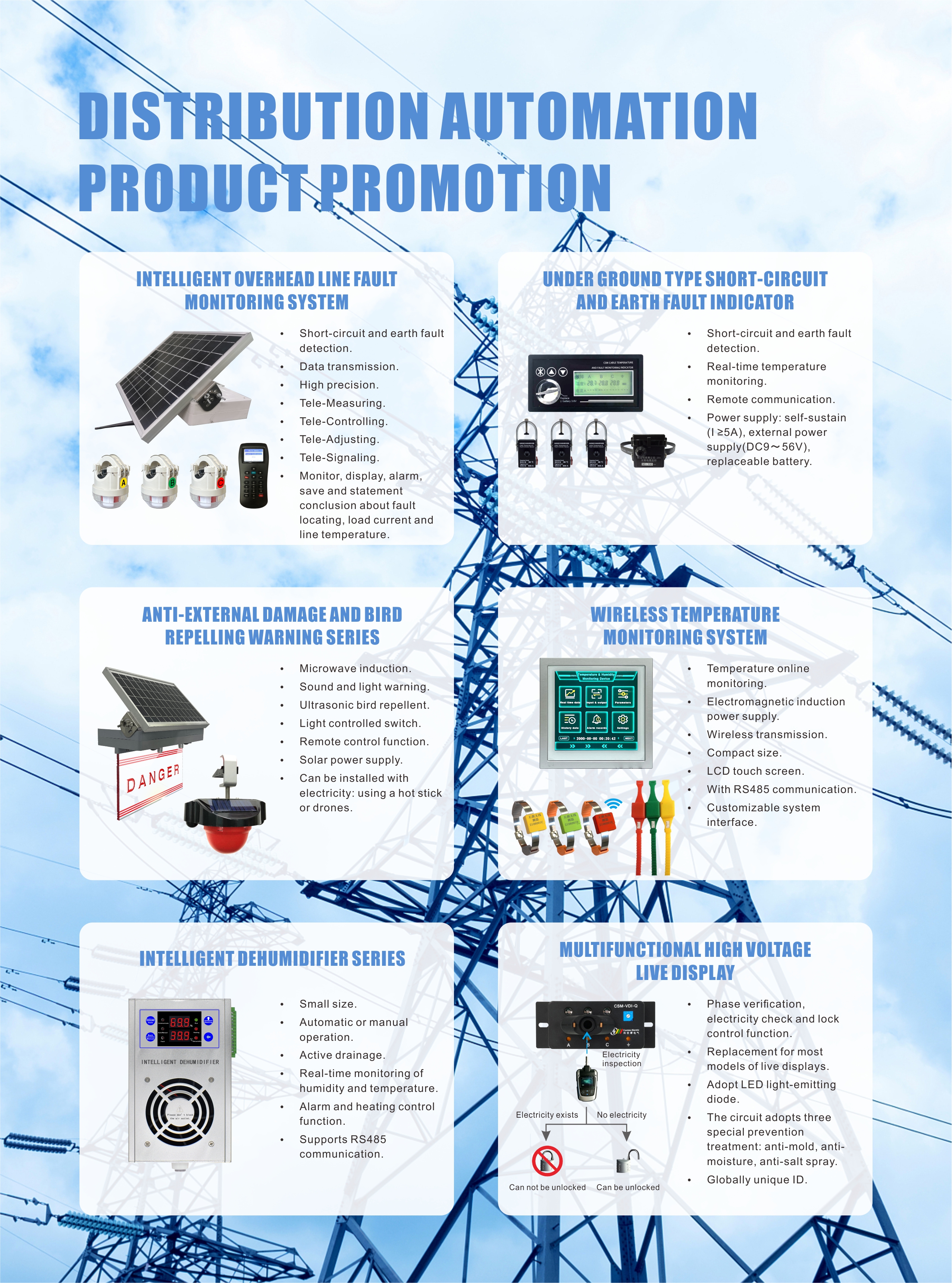
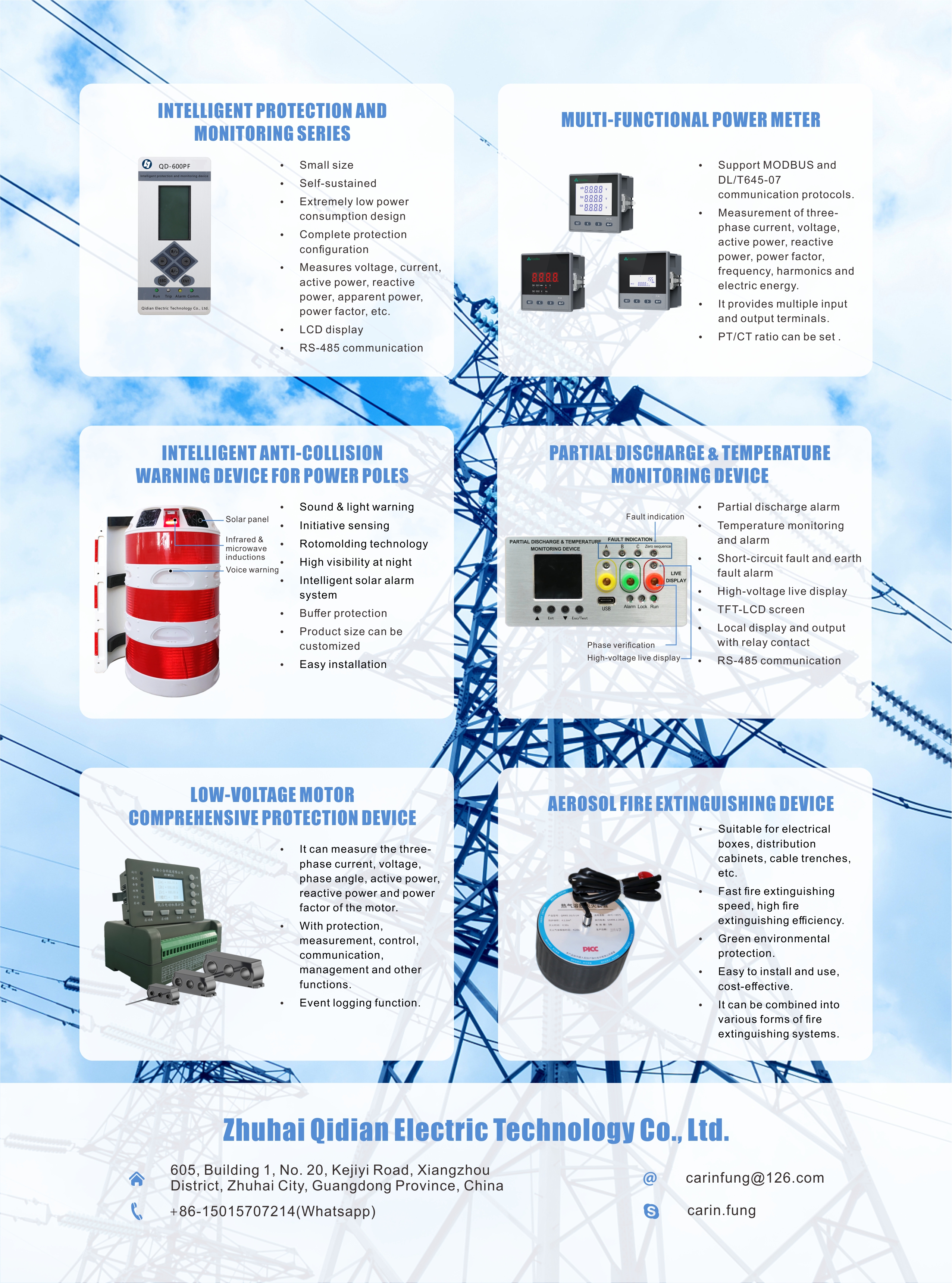
by "Mgadly Kapelner" <kapelnermgadly@gmail.com> - 05:40 - 16 Mar 2025 -
Top 10 reports this quarter
McKinsey&Company
At #1: Superagency in the workplace: Empowering people to unlock AI’s full potential Our top ten reports this quarter look at M&A trends, the luxury industry, workplace productivity, and more. At No. 1, McKinsey’s Hannah Mayer, Lareina Yee, Michael Chui, and Roger Roberts explore companies’ readiness for AI adoption, and conclude that the biggest barrier to scaling is not employees—who are ready—but leaders, who are not steering fast enough.

1. Superagency in the workplace: Empowering people to unlock AI’s full potential (47 pages)
Almost all companies invest in AI, but just 1 percent believe they are at maturity. Our research finds the biggest barrier to scaling is not employees—who are ready—but leaders, who are not steering fast enough. Think big
Share these insights
This email contains information about McKinsey’s research, insights, services, or events. By opening our emails or clicking on links, you agree to our use of cookies and web tracking technology. For more information on how we use and protect your information, please review our privacy policy.
You received this email because you are a registered member of the Top Ten Most Popular newsletter.
Copyright © 2025 | McKinsey & Company, 3 World Trade Center, 175 Greenwich Street, New York, NY 10007
by "McKinsey Top Ten" <publishing@email.mckinsey.com> - 10:02 - 16 Mar 2025 -
Professional casters, super promotion in September
Dear info:
To thrill the market and develop the new products in the market, we are during our yearly biggest promotion. All of attached items enjoy discount up to 10% discount.
Our promotion will start from SEP. 1th. to SEP. 30th. Please catch up with this yearly biggest promotion to gain a big advantage in both price and market trends.
Order now and enjoy a limited time discount, Colson style 4 inch medium duty TPR caster wheel (Reach and ROHS dual-certified), $0.99/ pcs, less than $1.00 each for your mobile device upgrade, bringing unprecedented convenience.
Waiting for your active action.


Best Regards
Benny Huang
Marketing Manager
Zhongshan PLEYMA caster manufacturing Co., Ltd.
Add: No.2-2 Ailang Road, Taifeng Industrial Zone, Xiaolan Town, Zhongshan City, Guangdong, China
Tel: +86 760 88505176
Mobile: +86 18607603318
Fax: +86 760 8850 5175
WhatsApp: +86 18607603318
Wechat: 18607603318
by "Marshall Turner" <pnpfkyro@gmail.com> - 09:56 - 15 Mar 2025 -
The week in charts
The Week in Charts
EV range anxiety, mobile banking, and more Share these insights
Did you enjoy this newsletter? Forward it to colleagues and friends so they can subscribe too. Was this issue forwarded to you? Sign up for it and sample our 40+ other free email subscriptions here.
This email contains information about McKinsey's research, insights, services, or events. By opening our emails or clicking on links, you agree to our use of cookies and web tracking technology. For more information on how we use and protect your information, please review our privacy policy.
You received this email because you subscribed to The Week in Charts newsletter.
Copyright © 2025 | McKinsey & Company, 3 World Trade Center, 175 Greenwich Street, New York, NY 10007
by "McKinsey Week in Charts" <publishing@email.mckinsey.com> - 03:35 - 15 Mar 2025 -
Rapier loom: the future choice of weaving industry
Dear info,
Hello!
My name is Kevin and I represent Zhejiang Haisen Textile Machinery Technology Co., Ltd, a prominent manufacturer of high-speed rapier looms in China.
Our high-speed rapier looms are engineered to deliver excellent results for a variety of fabrics, such as cotton fabrics, linen fabrics, wool fabrics, silk fabrics, chemical fiber fabrics, glass fiber fabrics, metal fiber denim fabrics, shirt fabrics, and suit fabrics, curtain fabrics, sofa fabrics, and wall fabrics.
We have attached photos of our high-speed rapier looms for your reference.
We would be delighted to receive your inquiries and start a conversation about how our products can meet your fabric production requirements.

Thank you and best wishes,
Kevin
Zhejiang Haisen Textile Machinery Technology Co., Ltd.
Website address: www.chinahaisen.com
by "Robert" <Robert@cnhaisen.com> - 02:05 - 15 Mar 2025 -
You going to launch YOUR own Saas business?
We’re giving you 100% of the profits - No catch.Hey, it’s Todd again!
OK… real quick, Did you get a chance to attend one of the “white label” workshops Russell hosted this week?
He did a demonstration/workshop on what we’re calling “THE LAST SECRET”, and it’s one of the craziest opportunities Russell has ever presented in my opinion!
It’s wild! Everyone is going crazy about it. You will be shocked.
As a ClickFunnels user I’m sure you’re busy working on building your own products, writing your own copy, designing your own graphics, etc.
But, what The Last Secret does for you is cut all that time down to practically nothing!
What I mean is, instead of you having to take forever to get all of those things done first, you can sell our products and keep 100% of the profits. Russell gives you the funnels… and the training… and the proven products… You just cash in on what we’ve already built!
Let me explain what that really means for you:
Doesn’t matter who’s in the Whitehouse. Doesn’t matter who’s in charge in your country. Doesn’t matter if the economy, stock market, or crypto market is up, down, sideways, or any which way…
With The Last Secret opportunity you put yourself IN CONTROL!
And this is the best part:
It’s FREE with your ClickFunnels subscription!
You can unlock the following for FREE:
- White Label of the ‘Doodly’ Software
- White Label of ‘Toonly’ Software
- White Label of ‘Voomly’ Software
- White Label of ‘Startup Drugz’ Merch Store (with 300 products!)
- White Label of ‘Funnels and Templates’ membership site
And much more!
This is YOUR chance to build your very own ‘SAAS’ business WITHOUT the crazy, up-front investment and without developing a product from the ground up. You get the PROVEN TO CONVERT product, including the sales funnels and follow up emails…
You also get the marketing TRAINING from Russell and his team, complete with a 30-day fast track that’s designed to help anyone succeed with online sales.
It’s perfect for beginners or advanced marketers looking for another revenue stream.
But like I mentioned in the last email… Russell won’t have this open for long, and he can’t let everyone do this. I’m pretty sure they are cutting it off soon! (Real soon!)
I’d take advantage of this offer now before it’s too late.
To your success,
Todd Dickerson
© Etison LLC
By reading this, you agree to all of the following: You understand this to be an expression of opinions and not professional advice. You are solely responsible for the use of any content and hold Etison LLC and all members and affiliates harmless in any event or claim.
If you purchase anything through a link in this email, you should assume that we have an affiliate relationship with the company providing the product or service that you purchase, and that we will be paid in some way. We recommend that you do your own independent research before purchasing anything.
Copyright © 2018+ Etison LLC. All Rights Reserved.
To make sure you keep getting these emails, please add us to your address book or whitelist us. If you don't want to receive any other emails, click on the unsubscribe link below.
Etison LLC
3443 W Bavaria St
Eagle, ID 83616
United States
by "Todd Dickerson (ClickFunnels)" <noreply@clickfunnelsnotifications.com> - 01:33 - 15 Mar 2025 -
I’m helping you launch YOUR own Saas business
I’m giving you all the profits - No catch.Hey, it’s Russell again!
Happy Saturday! I don’t know about you, but here in Boise it’s looking like Spring is coming… MAKES ME SOOO HAPPY!!!
OK… real quick, Did you get a chance to attend one of the “white label” workshops I put on this week?
I did a demonstration on what I’m calling “THE LAST SECRET”, and it’s by far the most INSANE offer I think I’ve ever made!!
CLICK OR TAP HERE TO LEARN MORE ABOUT ‘THE LAST SECRET’ NOW >>
Quick recap of what you need to know…
Eventually you should focus on building your own products, writing your own copy, designing your own graphics…
But, what if instead of you having to WAIT for success and WAIT to get all of those things done first…
What if instead I just GAVE you funnels that were ALREADY PROVEN TO CONVERT…?
Then you could fill that gap in just hours… instead of months!
Well… That’s exactly what I did for you.
What does this mean for you?
With all the craziness going on in the world right now… trade wars, economy going up and down like a rollercoaster…
You can use this opportunity to put yourself IN CONTROL!
Who cares what “they” are doing. You are the boss now!
And how empowering is that!!??
With The Last Secret YOU take control of your destiny and financial situation!
AND EVEN MORE MIND-BLOWING…
It’s FREE with your ClickFunnels subscription!
You can unlock the following for FREE:- White Label of the ‘Doodly’ Software!!!
- White Label of ‘Toonly’ Software!!!
- White Label of ‘Voomly’ Software!!!
- White Label of ‘Startup Drugz’ Merch Store (with 300 products!)
- White Label of ‘Funnels and Templates’ membership site!!!
And a WHOLE BUNCH MORE!!!
Keep in mind, when you white label ANY of these products, you get to KEEP 100% of the sales!!
This is YOUR chance to build your very own ‘SAAS’ business WITHOUT the crazy, up-front investment and without developing a product from the ground up!
You get the PROVEN TO CONVERT product, including the sales funnels and follow up emails…
All you have to do is slap your logo on the products, run them as your own… and keep 100% of the sales!
Not only that, but you sign up today and claim the ‘Last Secret’ offer...
…you also get the marketing TRAINING, complete with a 30-day fast track that’s designed to help ANYONE go from zero to success making online sales… so if you’re new to this online marketing world, then this is PERFECT for you!!
The Last Secret has the power to put you in control of your financial future.
Imagine what it would be like to NOT worry about the ups and downs of the stock market because you have steady income every month that NOBODY can take from you!
How cool would that be?? Well… This offer gives you that opportunity!
But like I said in the last email… I can’t keep this open for long, and I can’t let everyone do this. We have to cut it off soon!
So… Here's what I want you to do… It’s simple…
CLICK OR TAP HERE TO LEARN MORE ABOUT ‘THE LAST SECRET’ NOW >>
Yep. That’s it! Just go check it out!
With this opportunity…
(Doesn’t matter if you’re just starting, or using this to “bolt-on” products to your existing business… There are so many ways people can use it.)
2025 is going to be YOUR year!
I can feel it!
Russell Brunson
P.S. don’t forget, you’re just one funnel away!!! (and I just GAVE you 6 funnels [AND THE PRODUCTS] that are already selling!) Go get them and plug them into your ClickFunnels account right now!
Marketing Secrets
3443 W Bavaria St
Eagle, ID 83616
United States
by "Russell Brunson" <newsletter@marketingsecrets.com> - 12:33 - 15 Mar 2025 -
How incoming CEOs can help women fulfill their potential
Don’t get complacent Brought to you by Alex Panas, global leader of industries, & Axel Karlsson, global leader of functional practices and growth platforms
Welcome to the latest edition of McKinsey Classics. We hope you find our perspectives useful. Let us know what you think at Alex_Panas@McKinsey.com and Axel_Karlsson@McKinsey.com.
—Alex and Axel
March 2025
In honor of the 60th birthday of McKinsey Quarterly, the McKinsey Classics newsletter is dedicating a full year to enduring Quarterly articles that were ahead of their time. Enjoy, and check out other celebration highlights such as special themed issues and bonus digital features.
CEO transitions present a crucial opportunity for companies to support—and boost—gender diversity in leadership roles. Management reshuffles can serve as “unfreezing moments” to dramatically improve women’s representation at senior levels. Yet as the authors of this McKinsey Quarterly classic observe, CEOs often don’t take advantage of this window or opportunity. Why?
The stagnation at the top is often the result of two issues. First, diversity eventually hits a ceiling, the authors find. CEOs hired in industries with more diverse teams often don’t make as many gains on diversity as those in less diverse industries, and more diverse companies tend to become complacent over time. Second, CEOs who are hired externally are more susceptible to unconscious bias. This gives internally hired CEOs an edge—they already know where the talent is, which can help ward off the biases of other senior executives.
To make lasting progress in advancing gender diversity at the top, new CEOs can focus their efforts on a few critical areas, including clearly communicating the strategic imperative of a diverse top team, accelerating women’s advancement through the pipeline, and then ensuring that women are supported and helped to succeed. For more, read Carolyn Dewar, Kurt Strovink, and Michael Birshan’s 2018 classic, “Closing the gender gap: A missed opportunity for new CEOs.”Read our latest thinking on this classic topic

How women can steer toward growing industries and companies
New McKinsey analysis shows that women are not amassing as many on-the-job skills and experiences as men—and are less likely than men to be promoted to their first manager role. This advancement gap represents a “broken rung” for women, which only worsens over time. But the broken rung is far from insurmountable. Read our latest insights on the topic from Kweilin Ellingrud, Lareina Yee, and María del Mar Martínez. And for more on the steps women can take to build their experience capital and take control of their careers, read the authors’ new book, The Broken Rung: When the Career Ladder Breaks for Women—and How They Can Succeed in Spite of It.
—Edited by Drew Holzfeind, editor, Chicago
Is there a classic business topic you’d like us to feature? Send us an email—we’d love to hear from you.
Share these insights
Did you enjoy this newsletter? Forward it to colleagues and friends so they can subscribe too. Was this issue forwarded to you? Sign up for it and sample our 40+ other free email subscriptions here.
This email contains information about McKinsey's research, insights, services, or events. By opening our emails or clicking on links, you agree to our use of cookies and web tracking technology. For more information on how we use and protect your information, please review our privacy policy.
You received this email because you subscribed to our McKinsey Classics newsletter.
Copyright © 2025 | McKinsey & Company, 3 World Trade Center, 175 Greenwich Street, New York, NY 10007
by "McKinsey Classics" <publishing@email.mckinsey.com> - 12:21 - 15 Mar 2025 -
EP154: What is MCP?
EP154: What is MCP?
Why is everyone talking about it? Let’s take a closer look.͏ ͏ ͏ ͏ ͏ ͏ ͏ ͏ ͏ ͏ ͏ ͏ ͏ ͏ ͏ ͏ ͏ ͏ ͏ ͏ ͏ ͏ ͏ ͏ ͏ ͏ ͏ ͏ ͏ ͏ ͏ ͏ ͏ ͏ ͏ ͏ ͏ ͏ ͏ ͏ ͏ ͏ ͏ ͏ ͏ ͏ ͏ ͏ ͏ ͏ ͏ ͏ ͏ ͏ ͏ ͏ ͏ ͏ ͏ ͏ ͏ ͏ ͏ ͏ ͏ ͏ ͏ ͏ ͏ ͏ ͏ ͏ ͏ ͏ ͏ ͏ ͏ ͏ ͏ ͏ ͏ ͏ ͏ ͏ ͏ ͏ ͏ ͏ ͏ ͏ ͏ ͏ ͏ ͏ ͏ ͏ ͏ ͏ ͏ ͏ ͏ ͏ ͏ ͏ ͏ ͏ ͏ ͏ ͏ ͏ ͏ ͏ ͏ ͏ ͏ ͏ ͏ ͏ ͏ ͏ ͏ ͏ ͏ ͏ ͏ ͏ ͏ ͏ ͏ ͏ ͏ ͏ ͏ ͏ ͏ ͏ ͏ ͏ ͏ ͏ ͏ ͏ ͏ ͏ ͏ ͏ ͏ ͏ ͏ ͏ ͏ ͏ ͏ ͏ ͏ ͏ ͏ ͏ ͏ ͏ ͏ ͏ ͏ ͏ ͏ ͏ ͏ ͏ ͏ ͏ ͏ ͏ ͏ ͏ ͏ ͏ ͏ ͏ ͏ ͏ ͏ ͏ ͏ ͏ ͏ ͏ ͏ ͏ ͏ ͏ ͏ ͏ ͏ ͏ ͏ ͏ ͏ ͏ ͏ ͏ Forwarded this email? Subscribe here for moreCut your QA cycles down to minutes with QA Wolf (Sponsored)
If slow QA processes bottleneck you or your software engineering team and you’re releasing slower because of it — you need to check out QA Wolf.
Their AI-native service gets engineering teams to 80% automated end-to-end test coverage and helps them ship 5x faster by reducing QA cycles from hours to minutes.
QA Wolf takes testing off your plate. They can get you:
Unlimited parallel test runs for mobile and web apps
24-hour maintenance and on-demand test creation
Human-verified bug reports sent directly to your team
Zero flakes guarantee
The benefit? No more manual E2E testing. No more slow QA cycles. No more bugs reaching production.
With QA Wolf, Drata’s team of 80+ engineers achieved 4x more test cases and 86% faster QA cycles.
This week’s system design refresher:
Calling for Reviewers for Upcoming Books
What is MCP?
How to Design a System like Instagram
How to load your websites at lightning speed
SPONSOR US
Calling for Reviewers for Upcoming Books
We’re excited to announce three new books coming soon:
Behavioral Interview
Object-Oriented Design Interview
Mobile System Design Interview
The first drafts of these books are complete, and we’re looking for reviewers to help make them better.
If you’re interested in serving as a reviewer, we’d love to hear from you! Please send an email to hi@bytebytego.com with a brief introduction, specify which book you’d like to review, and include a link to your LinkedIn profile. Thank you for considering this opportunity!
Please note that this is a volunteer position (not paid). As a token of our appreciation, we’ll include your name in the book’s acknowledgments if you help with the review process.
What is MCP?
Why is everyone talking about it? Let’s take a closer look.
Model Context Protocol (MCP) is a new system introduced by Anthropic to make AI models more powerful.
It is an open standard (also being run as an open-source project) that allows AI models (like Claude) to connect to databases, APIs, file systems, and other tools without needing custom code for each new integration.
MCP follows a client-server model with 3 key components:Host: AI applications like Claude that provide the environment for AI interactions so that different tools and data sources can be accessed. The host runs the MCP Client.
MCP Client: The MCP client is the component inside an AI model (like Claude) that allows it to communicate with MCP servers. For example, if the AI model wants data from PostgreSQL, the MCP client formats the request into a structured message to send to the MCP Server
MCP Server: This is the middleman that connects an AI model to an external system like PostgreSQL, Google Drive, or an API. For example, if Claude analyzes sales data from PostgreSQL, the MCP Server for PostgreSQL acts as the connector between Claude and the database.
MCP has five core building blocks (also known as primitives). They are divided between the client and server.
For the clients, the building blocks are Roots (secure file access) and Sampling (ask the AI for help with a task such as generating a DB query).
For the servers, there are Prompts (instructions to guide the AI), Resources (Data Objects that the AI can reference) and Tools (functions that the AI can call such as running a DB query).
Over to you: Have you explored Anthropic’s Model Context Protocol?
Hands-on debugging session: instrument, monitor, and fix (Sponsored)
Join Lazar for a hands-on session where you’ll build it, break it, debug it, and fix it. You’ll set up Sentry, track errors, use Session Replay and the new Trace Explorer 🤩, and leverage some good ol’ AI to find and fix issues fast.
How to Design a System like Instagram
Here’s a simple step-by-step approach to build the core functionality:
Users perform an action on their device like tapping the like button, uploading a picture, or following another user.
The request goes through a gateway to the backend server built using frameworks like Django, Express, or anything else.
The data is stored in the database.
Structured data such as user profiles, comments, and relationships are stored in relational databases like Postgres.
Data items requiring high write throughput such as user feeds and activity logs can be stored in eventually consistent databases like Cassandra.
Frequently accessed data is stored in cache (for example, Redis or Memcached).
Images and videos are stored in an object storage and corresponding metadata is stored in the database.
Asynchronous tasks like sending notifications are sent to a queue.
Background workers (like Celery) retrieve the task from the queue and perform the necessary processing.
Celery worker also performs the necessary updates in the databases.
Over to you: What else will you add to build an Instagram-like system?
How to load your websites at lightning speed
Check out these 8 tips to boost frontend performance:
Compression
Compress files and minimize data size before transmission to reduce network load.Selective Rendering/Windowing
Display only visible elements to optimize rendering performance. For example, in a dynamic list, only render visible items.Modular Architecture with Code Splitting
Split a bigger application bundle into multiple smaller bundles for efficient loading.Priority-Based Loading
Prioritize essential resources and visible (or above-the-fold) content for a better user experience.Pre-loading
Fetch resources in advance before they are requested to improve loading speed.Tree Shaking or Dead Code Removal
Optimize the final JS bundle by removing dead code that will never be used.Pre-fetching
Proactively fetch or cache resources that are likely to be needed soon.Dynamic Imports
Load code modules dynamically based on user actions to optimize the initial loading times.
Over to you: What other frontend performance tips would you add to this cheat sheet?
SPONSOR US
Get your product in front of more than 1,000,000 tech professionals.
Our newsletter puts your products and services directly in front of an audience that matters - hundreds of thousands of engineering leaders and senior engineers - who have influence over significant tech decisions and big purchases.
Space Fills Up Fast - Reserve Today
Ad spots typically sell out about 4 weeks in advance. To ensure your ad reaches this influential audience, reserve your space now by emailing sponsorship@bytebytego.com.
Like
Comment
Restack
© 2025 ByteByteGo
548 Market Street PMB 72296, San Francisco, CA 94104
Unsubscribe
by "ByteByteGo" <bytebytego@substack.com> - 11:37 - 15 Mar 2025 -
Enhance Your Processing Efficiency with Sodium Hydrosulfide
Dear info,
I hope this message finds you well. I am reaching out to introduce you to a chemical solution that can significantly enhance the efficiency of your mining operations: Sodium Hydrosulfide (NaSH).
As you know, Sodium Hydrosulfide is widely used in the mining industry, particularly in the flotation process of various minerals. Its effectiveness as a sulfur source makes it an ideal reagent for copper, lead, and zinc extraction. Here are some key benefits that Sodium Hydrosulfide can offer to your processing plant:
1. **Improved Recovery Rates**: By using NaSH, you can improve mineral recovery rates, allowing you to obtain more valuable ores from your processing efforts.
2. **Cost Efficiency**: Sodium Hydrosulfide can reduce the overall costs associated with mineral extraction and improve your bottom line.
3. **Versatility**: NaSH is suitable for a variety of ores and can adapt to different processing conditions, giving you flexibility in your operations.
4. **Environmentally Friendly**: Sodium Hydrosulfide can be used in environmentally sustainable practices, contributing to compliance with industry regulations and promoting a greener operation.
5. **Reliable Supply**: We can ensure a steady and reliable supply of high-quality Sodium Hydrosulfide to meet your operational needs, along with expert support to facilitate its use in your processes.
Our team is eager to discuss how Sodium Hydrosulfide can integrate into your current processes and help you achieve your operational goals. If you're interested, we can arrange a meeting or call at a time that suits you best.
Thank you for considering Sodium Hydrosulfide as a solution for your mineral processing needs. I look forward to the opportunity to work together to enhance the efficiency of your operations.
Best regards,Gaddy Caddel
by "Gaddy Caddel" <gaddycaddel159@gmail.com> - 05:22 - 14 Mar 2025 -
Manufacturing vendor of cooking utensils / Supplier of Avon
Hi info,
How are you?This is Daisy from Yangjiang Zhongyang Kitchenware Co., Ltd.
Below are a couple of popular cooking utensils products in the Saudi Arabia with a monthly sales of 16 000 sets, and a forcast of 800 000 sets.
Main features:
4.Food grade safe silicone & nylon
5.Passed the factory audit from BSCI / BV / SGS.
6.Hot sale item in USA, monthly sales amount of 8 000 sets.Should you have interest in more details, let us know, we’ll be glad to assist any time.

Best regards,
Daisy
by "Yager Seago" <yagerseago@gmail.com> - 03:45 - 14 Mar 2025 -
Sell my SaaS products and KEEP 100% of the commissions!
we’ve made it soooo easy!OK, if you missed The Last Secret workshops I was holding this week, I still have a way for you to see what you missed out on!
Unfortunately… You won’t get the awesome walkthrough like everyone else in the workshop got…
But you’ll still be able to see the incredible “LAST SECRET” opportunity I have for you! Trust me… You want to see this!
CLICK OR TAP HERE TO LEARN MORE ABOUT ‘THE LAST SECRET’ NOW >>
And let me just say this…
Do you realize how MASSIVE this is??
No, really… I need you to understand how big of a deal this is.
People are freaking out because they can now white label my products. We’re talking… most of the products I offer… The companies I’ve purchased… It’s like they belong to you now!
YOU can now sell all of this like it’s yours, but you get all of my training and backend support… AND YOU KEEP 100% of the profits!
I’m essentially giving you a turn-key Saas and ‘white label’ business for FREE!
Yea… FREE!
What I’m talking about is:
- White Label of the ‘Doodly’ Software!!!
- White Label of ‘Toonly’ Software!!!
- White Label of ‘Voomly’ Software!!!
- White Label of ‘Startup Drugz’ Merch Store (with 300 products!)
- White Label of ‘Funnels and Templates’ membership site!!!
And a WHOLE BUNCH MORE!!!
BUT DON’T PROCRASTINATE ON THIS ONE…
You have to take action now, and here’s why:
We are only offering this for a limited time BECAUSE…
You will essentially become the face of my products to the world.
We still want to know “who” is selling our stuff and keep some quality control on things.
That means… spots are limited for The Last Secret!!
So, act now!
This is the MOST INSANE offer I’ve ever made… and it will NOT be online for long. Here is the link to get started:
CLICK OR TAP HERE TO LEARN MORE ABOUT ‘THE LAST SECRET’ NOW >>Go check it out now!
Russell Brunson
P.S. don’t forget, you’re just one funnel away!!! (and I just GAVE you 6 funnels [AND THE PRODUCTS] that are already selling!) Go get them and plug them into your ClickFunnels account right now!
Marketing Secrets
3443 W Bavaria St
Eagle, ID 83616
United States
by "Russell Brunson" <newsletter@marketingsecrets.com> - 12:37 - 14 Mar 2025 -
Sell our products and KEEP 100% of the commissions!
I’m shocked at how easy Russell made this!OK, if you missed The Last Secret workshops Russell was holding this week, we still have a way for you to see what you missed out on! Just hit the link below, and it will tell you EVERYTHING!
Trust me… You want to see this!
And for those of you who didn’t get to watch, I just want to be perfectly clear about how big of a deal this is!
People are going crazy because they can now white label our products and sell them like they belong to you. But that’s not it.
Russell made it so you’re not just getting the products, you’re getting all the training, support, and more to help you launch this.
Oh… It’s not like an affiliate program where you get a percentage.
YOU KEEP 100% of the profits!
I’m essentially giving you a turn-key Saas and ‘white label’ business for FREE!
- White Label of the ‘Doodly’ Software
- White Label of ‘Toonly’ Software
- White Label of ‘Voomly’ Software
- White Label of ‘Startup Drugz’ Merch Store (with 300 products!)
- White Label of ‘Funnels and Templates’ membership site
And a WHOLE BUNCH MORE!
But, Russell told me he can’t keep this open forever and has to close it off after we hit a certain number of people in the program.
The reason is you will essentially become the face of our products to the world and we still want to know “who” is selling our stuff and keep some quality control on things.
That means… spots are limited.
So, I would highly recommend you jump on this today if you’re even slightly interested.
To your success,
Todd Dickerson
© Etison LLC
By reading this, you agree to all of the following: You understand this to be an expression of opinions and not professional advice. You are solely responsible for the use of any content and hold Etison LLC and all members and affiliates harmless in any event or claim.
If you purchase anything through a link in this email, you should assume that we have an affiliate relationship with the company providing the product or service that you purchase, and that we will be paid in some way. We recommend that you do your own independent research before purchasing anything.
Copyright © 2018+ Etison LLC. All Rights Reserved.
To make sure you keep getting these emails, please add us to your address book or whitelist us. If you don't want to receive any other emails, click on the unsubscribe link below.
Etison LLC
3443 W Bavaria St
Eagle, ID 83616
United States
by "Todd Dickerson (ClickFunnels)" <noreply@clickfunnelsnotifications.com> - 11:33 - 14 Mar 2025 -
How can employers make the most of return to office?
On McKinsey Perspectives
From mandate to momentum Brought to you by Alex Panas, global leader of industries, & Axel Karlsson, global leader of functional practices and growth platforms
Welcome to the latest edition of Only McKinsey Perspectives. We hope you find our insights useful. Let us know what you think at Alex_Panas@McKinsey.com and Axel_Karlsson@McKinsey.com.
—Alex and Axel
•
Happy campers. Employees are generally satisfied with their work arrangements, whether they are in person, hybrid, or remote, McKinsey Senior Partner Brooke Weddle and Partner Bryan Hancock share on a recent episode of the McKinsey Talks Talent podcast. But their research also suggests some important nuances: Women are less satisfied with in-person work than their male colleagues, and caregivers who work in person have a higher intent to quit, regardless of gender.
—Edited by Jana Zabkova, senior editor, New York
This email contains information about McKinsey's research, insights, services, or events. By opening our emails or clicking on links, you agree to our use of cookies and web tracking technology. For more information on how we use and protect your information, please review our privacy policy.
You received this email because you subscribed to the Only McKinsey Perspectives newsletter, formerly known as Only McKinsey.
Copyright © 2025 | McKinsey & Company, 3 World Trade Center, 175 Greenwich Street, New York, NY 10007
by "Only McKinsey Perspectives" <publishing@email.mckinsey.com> - 11:05 - 13 Mar 2025 -
API Protocols 101: A Guide to Choose the Right One
API Protocols 101: A Guide to Choose the Right One
An API protocol is a set of rules and standards that define how different software applications communicate over a network.͏ ͏ ͏ ͏ ͏ ͏ ͏ ͏ ͏ ͏ ͏ ͏ ͏ ͏ ͏ ͏ ͏ ͏ ͏ ͏ ͏ ͏ ͏ ͏ ͏ ͏ ͏ ͏ ͏ ͏ ͏ ͏ ͏ ͏ ͏ ͏ ͏ ͏ ͏ ͏ ͏ ͏ ͏ ͏ ͏ ͏ ͏ ͏ ͏ ͏ ͏ ͏ ͏ ͏ ͏ ͏ ͏ ͏ ͏ ͏ ͏ ͏ ͏ ͏ ͏ ͏ ͏ ͏ ͏ ͏ ͏ ͏ ͏ ͏ ͏ ͏ ͏ ͏ ͏ ͏ ͏ ͏ ͏ ͏ ͏ ͏ ͏ ͏ ͏ ͏ ͏ ͏ ͏ ͏ ͏ ͏ ͏ ͏ ͏ ͏ ͏ ͏ ͏ ͏ ͏ ͏ ͏ ͏ ͏ ͏ ͏ ͏ ͏ ͏ ͏ ͏ ͏ ͏ ͏ ͏ ͏ ͏ ͏ ͏ ͏ ͏ ͏ ͏ ͏ ͏ ͏ ͏ ͏ ͏ ͏ ͏ ͏ ͏ ͏ ͏ ͏ ͏ ͏ ͏ ͏ ͏ ͏ ͏ ͏ ͏ ͏ ͏ ͏ ͏ ͏ ͏ ͏ ͏ ͏ ͏ ͏ ͏ ͏ ͏ ͏ ͏ ͏ ͏ ͏ ͏ ͏ ͏ ͏ ͏ ͏ ͏ ͏ ͏ ͏ ͏ ͏ ͏ ͏ ͏ ͏ ͏ ͏ ͏ ͏ ͏ ͏ ͏ ͏ ͏ ͏ ͏ ͏ ͏ ͏ ͏ Forwarded this email? Subscribe here for moreLatest articles
If you’re not a subscriber, here’s what you missed this month.
Dark Side of Distributed Systems: Latency and Partition Tolerance
Non-Functional Requirements: The Backbone of Great Software - Part 2
Non-Functional Requirements: The Backbone of Great Software - Part 1
To receive all the full articles and support ByteByteGo, consider subscribing:
An API protocol is a set of rules and standards that define how different software applications communicate over a network.
Just like spoken languages help people understand each other, API protocols ensure that software systems can exchange data in a structured and predictable way. These protocols define aspects such as how requests are sent, how responses are formatted, and how errors are handled.
Over the years, API protocols have evolved alongside software development, shifting from rigid, complex models to more flexible and efficient solutions.
The right API protocol is critical for performance, security, and scalability. Developers need to consider the following factors:
Performance Needs: gRPC is faster than REST but requires more setup. WebSockets provide real-time interactions, but SSE might be a simpler alternative for unidirectional updates.
Security Considerations: SOAP offers built-in security (WS-Security) to enforce confidentiality and authentication procedures for SOAP messaging. Webhooks require additional security mechanisms, such as signature validation.
Ease of Implementation: REST is easier to set up than GraphQL, but GraphQL provides more control over data fetching.
Scalability: REST and GraphQL scale well, but gRPC is more efficient for microservices due to its lower latency.
As these factors show, each protocol has specific strengths and weaknesses. In this article, we’ll learn about multiple API protocols and their advantages and disadvantages.
REST...

Continue reading this post for free in the Substack app
Like
Comment
Restack
© 2025 ByteByteGo
548 Market Street PMB 72296, San Francisco, CA 94104
Unsubscribe
by "ByteByteGo" <bytebytego@substack.com> - 11:36 - 13 Mar 2025 -
Re:re:Request for distibutorship
Greetings, Sir/Ma
I am Giorgi Davit, and I work for Athnaton Trading Corporation LLC, a Saudi Arabian trading company with a branch office in Georgia, as the purchasing manager.
As a trading company, we procure items at the request of our customers and handle imports and exports on their behalf.Furthermore, we buy goods directly from manufacturers and resell them to customers upon request.
I've emailed your business multiple times regarding our current order request, but I haven't heard anything.
I may be using this address to email the wrong person.
To ensure that our order is fulfilled, kindly forward this communication to your sales department.
I'm hoping you can help.Best Regards,
Giorgi Davit,
Purchasing Manager
Athnaton Trading Company LLC
Headquarters:
3rd Al Akaria Al Olaya · Musa Ibn Nussair Street ·
2nd Floor, Office No. 412 A · Riyadh – Saudi Arabia.
Branch Office:MRV2+GJ Tbilisi,Georgia
T. +995593631231
Email: giorgi.davit01@gmail.
com
by "Giorgi Davit" <giorgi.davit01@gmail.com> - 11:27 - 13 Mar 2025




















